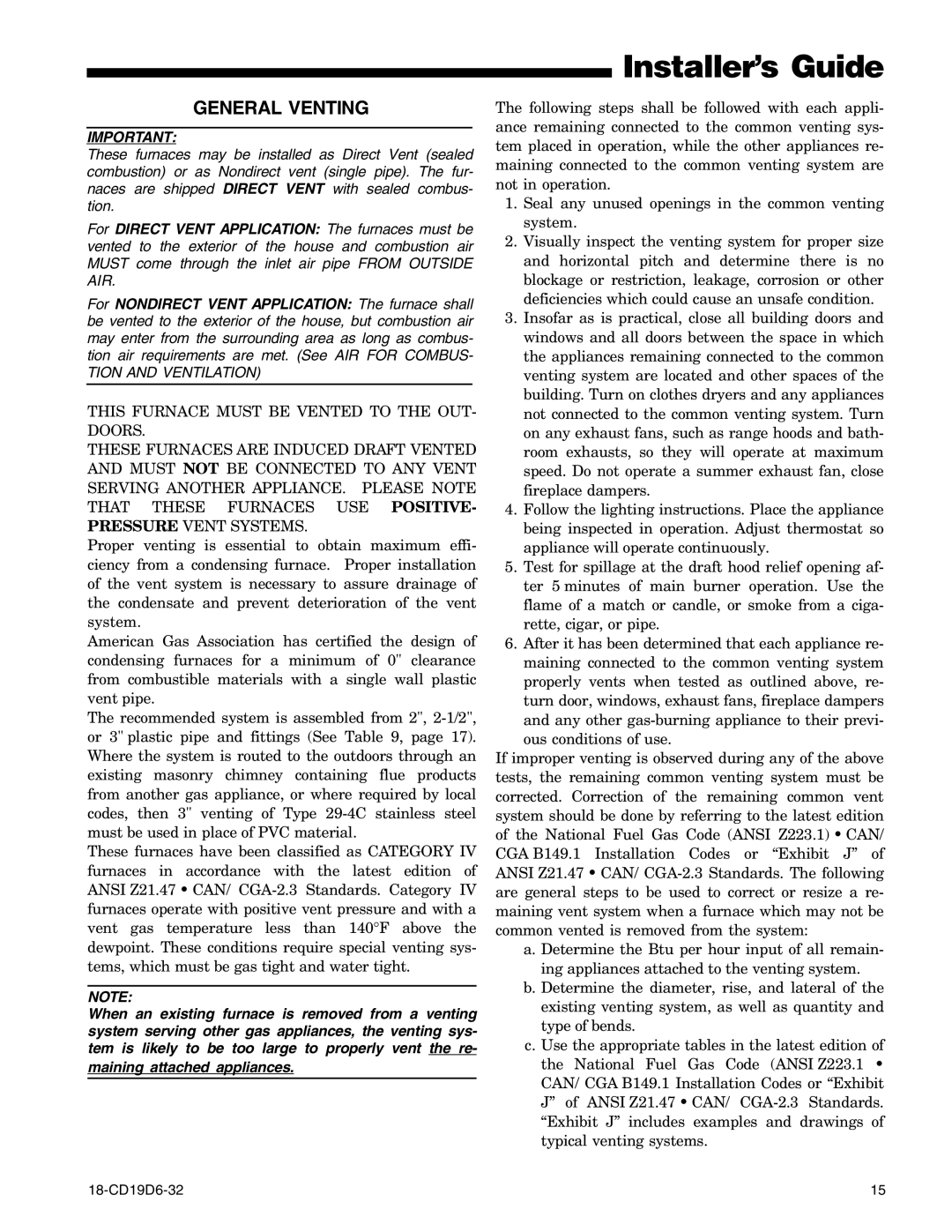UX1D100A9601A, DX1B060A9361A, UX1D120A9601A, DX1B080A9421A, DX1B040A9241A specifications
The Trane UX1B040A9241A, DX1D120A9601A, UX1D120A9601A, UX1B060A9241A, and DX1C100A9481A are part of Trane's innovative line of HVAC systems, designed to provide efficient heating and cooling for both residential and commercial applications. Each model is equipped with state-of-the-art features and technologies that prioritize energy efficiency, durable performance, and innovative climate control solutions.The UX1B040A9241A is a top-performing air conditioning unit that incorporates Trane's advanced variable-speed compressor technology. This allows for precise temperature control and consistent comfort while minimizing energy consumption. The system is also known for its quiet operation, making it ideal for residential settings where noise may be a concern.
On the other hand, the DX1D120A9601A model is particularly notable for its high energy efficiency ratings, incorporating a two-stage cooling system that enhances performance even in extreme weather conditions. This unit is engineered with a durable cabinet and a dependable design to stand up to harsh outdoor environments while providing reliable indoor comfort.
The UX1D120A9601A shares many of the same benefits, offering a flexible multi-stage system that can adapt to varying cooling loads. Its compact design allows for easy installation and maintenance, providing owners with versatility in placement and user-friendly servicing options.
The UX1B060A9241A model balances high performance with eco-friendly operation. It features advanced refrigerant technology that is compliant with today's environmental standards while maintaining high-efficiency ratings. This model ensures consistent comfort without sacrificing environmental responsibility.
Meanwhile, the DX1C100A9481A introduces a simplified yet effective approach to heating and cooling. This unit is designed for easy installation and offers user-friendly controls that allow homeowners to effortlessly adjust settings for optimal comfort throughout the year.
Overall, these Trane models come equipped with robust warranties, ensuring that customers have peace of mind with their investment. Their combination of innovative technology, energy efficiency, and reliability establishes Trane as a trusted choice for climate control solutions. Whether for residential or commercial needs, these models deliver quality performance that meets the demands of their users.

